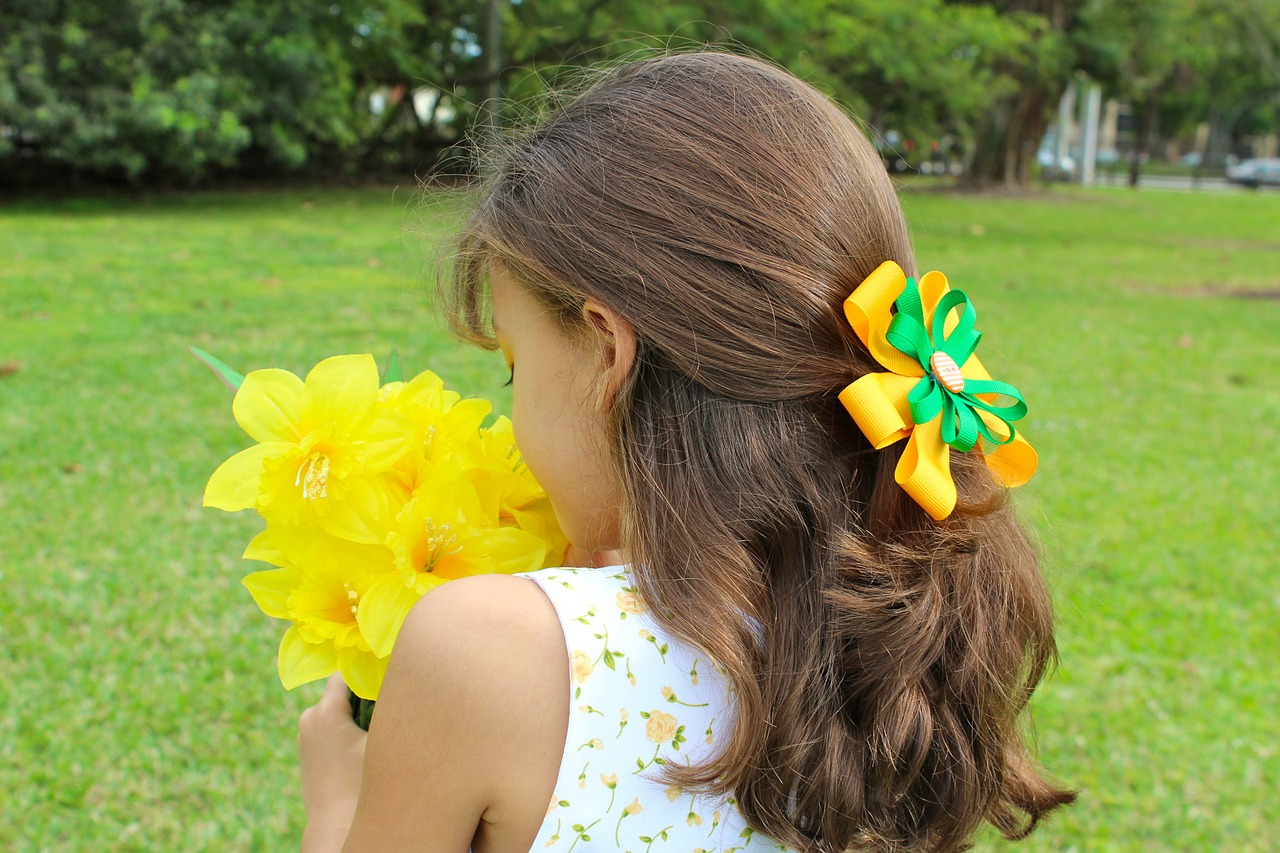Your sense of wellbeing may be connected to how secure you feel about your home, fascinating study explains
04/11/2018 / By Michelle Simmons

Your sense of wellbeing is linked to how secure you feel about your home, according to a study conducted by researchers at the University of Birmingham and University of Manchester. The study was built on the initial findings of a study in 2017 which suggested that social housing plays a role in preventing anxiety in people.
In the study, the researchers looked at a mix of social renters compared to shared owners and owner-occupiers. They interviewed different types of tenants, which included owner-occupiers and social renters. The interviews revealed that one of the most important features of a good home is a sense of security, no matter what the tenure or ownership status of an individual’s home is. Furthermore, good neighbors, good design, and good management are all as significant for wellbeing as a person’s tenure or tenancy. Wellbeing is also influenced by other factors, such as financial pressures like debt, and the stress of raising children.
“There’s an affordability crisis in the housing system and financial challenges are driven by government policy (the loss of grant and changes to how developers can discharge their Section 106 obligations), as well as the cost of land in the ever-rising housing market,” explained Andy Lymer, of Centre on Household Assets and Savings Management at the University of Birmingham.
“But, it’s more vital than ever that housing associations shape the future delivery for the wellbeing of its customers and society as a whole,” Lymer said.
How neighborhood affects health and well-being
Built environments, particularly at the neighborhood level, influence health and wellness. A study published in the International Journal of Environmental Research and Public Health revealed that residents of traditional neighborhoods walk the most, while residents of suburban developments have the best mental health. (Related: Perceived neighborhood safety linked to overweight status among urban adolescents.)
Adriana Zuniga-Teran, a researcher of the study at the University of Arizona, analyzed how four common neighborhood designs affected the physical activity and overall wellbeing of the residents. In the study, she used a “walkability model” that measured nine different areas: neighborhood connectivity, land use, density, traffic safety, surveillance, parking, resident experience, green space, and community. The residents also answered surveys about neighborhood design elements, their walking habits and motivations for walking, their interactions with neighbors, their perceptions of crime in their neighborhoods, and the presence of trees in their communities.
The results of the study revealed that the residents who walked the most, both for recreational and transportation purposes, were those who lived in traditional neighborhoods, or those who lived near stores and restaurants. However, they also reported the lowest levels of mental wellbeing and the highest perceptions of crime in their neighborhood.
On the other hand, residents of low-density suburban neighborhoods reported higher levels of mental health. Zuniga-Teran said that this could be due to suburban neighborhoods having large lots and trees, and nature providing many mental health benefits.
Those who lived in cluster-housing communities reported that they felt safe from crime. This may be due to the fact that they have the most social interaction with their neighbors. In contrast, residents who lived in enclosed communities did not feel safer from crime, despite the security suggested by the design of their neighborhood.
“Most people in the world live in cities, and that’s the way it’s going to be in the future. Cities are going to grow more than rural areas, and we are going to become an urbanized world, so understanding how to improve life in cities is very important,” she said.
Read more news stories and studies on health and well-being by going to Health.news.
Sources include:
Tagged Under: cluster-housing communities, enclosed communities, Housing Market, mental health, mental wellbeing, neighborhood, neighborhood connectivity, owner-occupiers, perception of crime, physical exercise, psychiatry, Psychology, resident experiences, safety, security, sense of security, shared owners, social renters, traditional neighborhoods, traffic safety, wellbeing



















